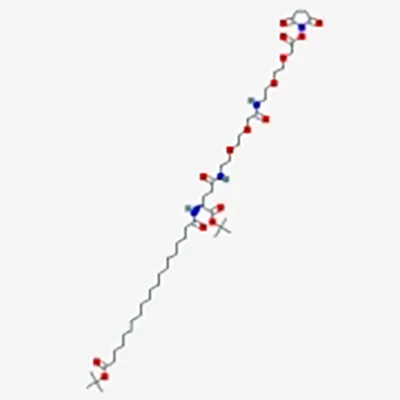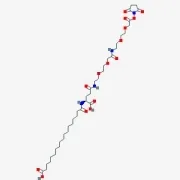
Amino Acids & Derivatives for Peptide Synthesis
Ste-γ-Glu-AEEA-AEEA-OSU
As part of the peptide chain construction in Semaglutide synthesis, Ste-γ-Glu-AEEA-AEEA-OSU (CAS No. 1169630-40-3, C₃₉H₆₆N₄O₁₅) acts as an activated intermediate designed for efficient coupling. It combines a stearoylated γ-glutamic acid backbone with two AEEA spacers and an N-hydroxysuccinimide (OSu) ester, making it well-suited for integration into long-chain peptides. This off-white powder offers a purity of ≥98% and a molecular weight of 831.0 g/mol. It’s supplied in 25 kg fiber drums and should be kept sealed at –20 °C ±5 °C to preserve its reactivity and overall stability.
- CAS No.: 1169630-40-3
- Molecular Formula: C₃₉H₆₆N₄O₁₅
- Purity: 98% min

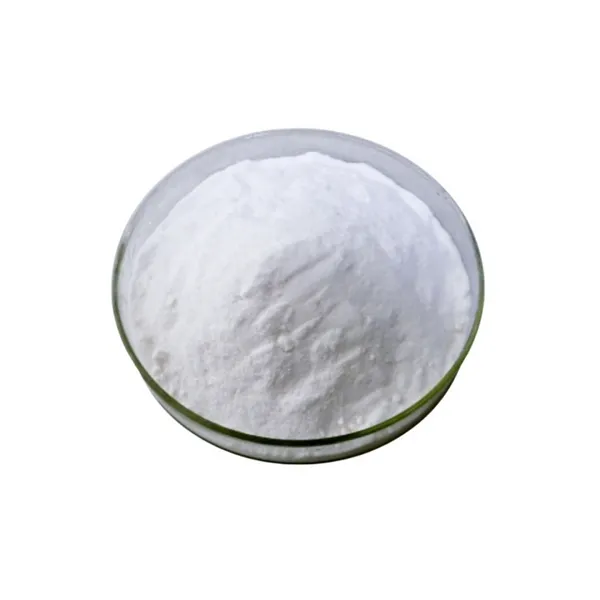
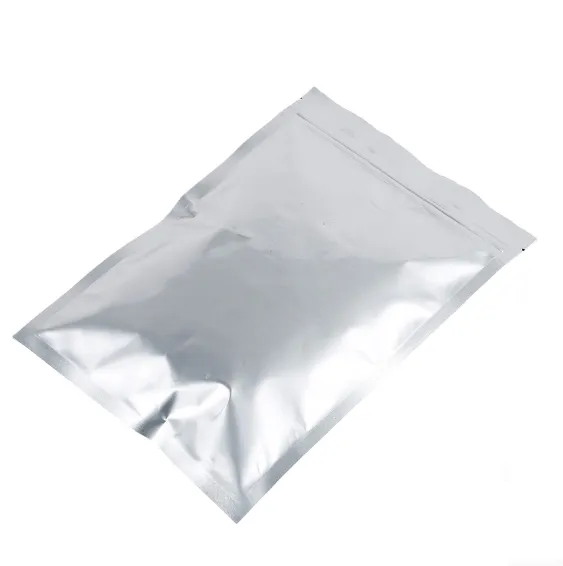

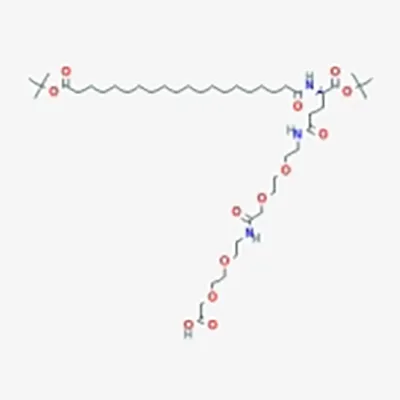
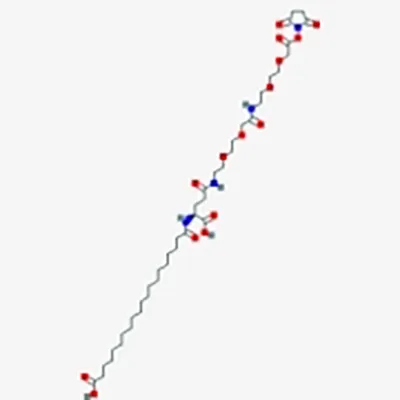
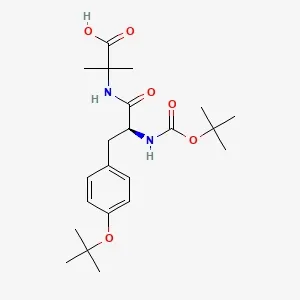
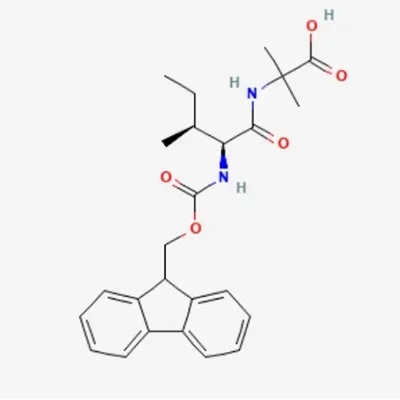
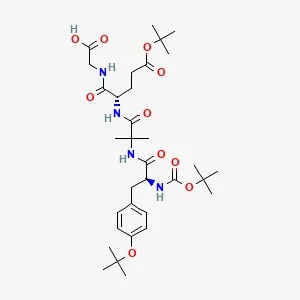
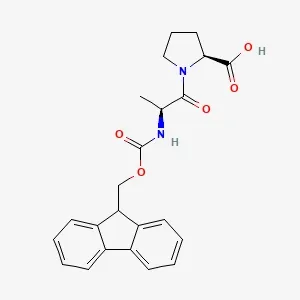
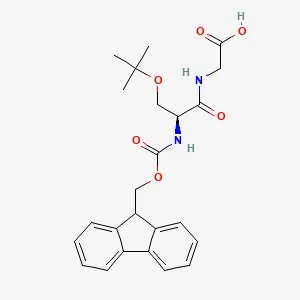
![Fmoc-L-Lys[C₂₀-OtBu-γ-Glu(OtBu)-AEEA-AEEA]-OH](products/2-3-1-fmoc-l-lys-C20-otbu-glu-otbu-aeea-aeea-oh_01.webp)
